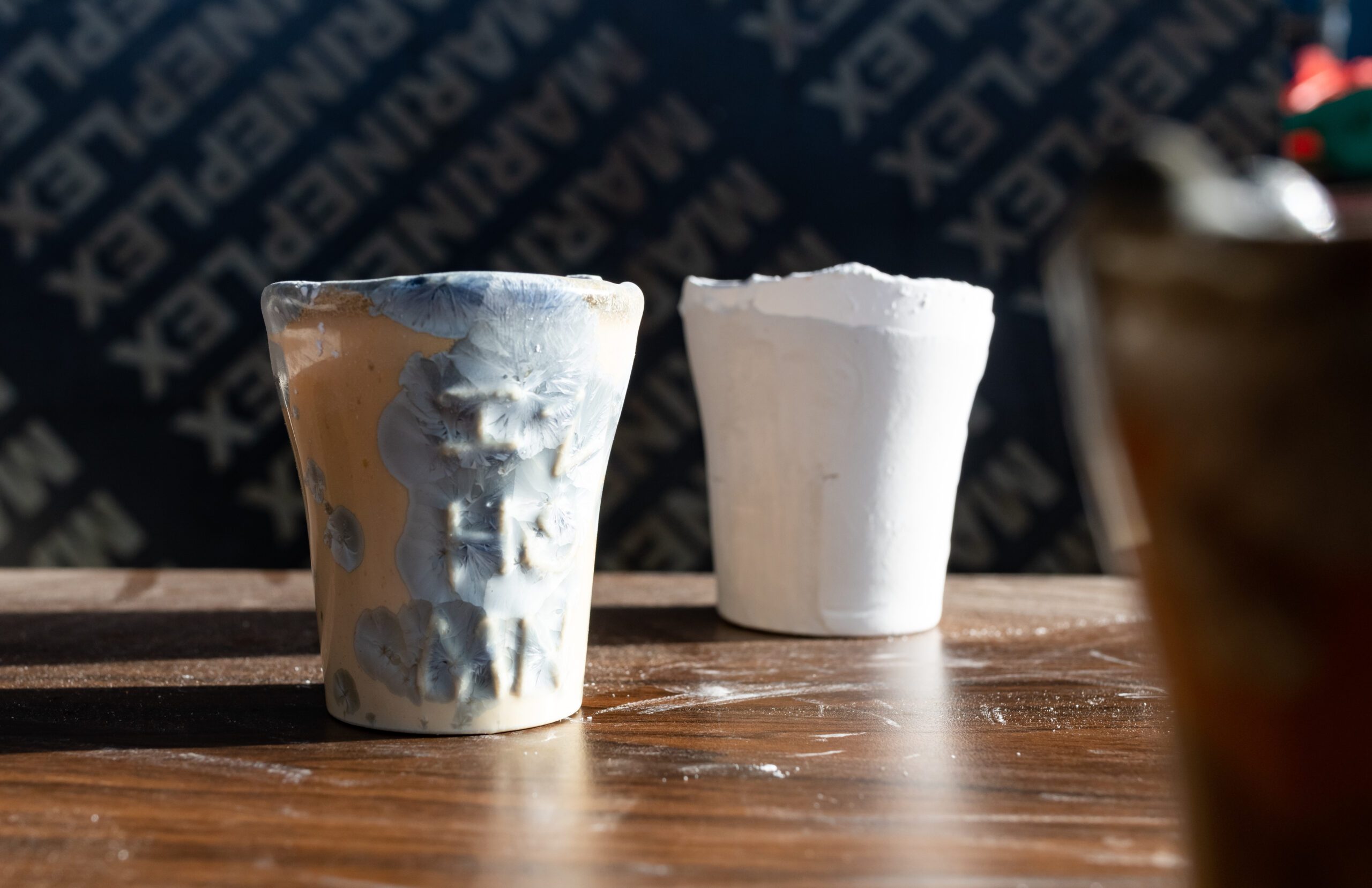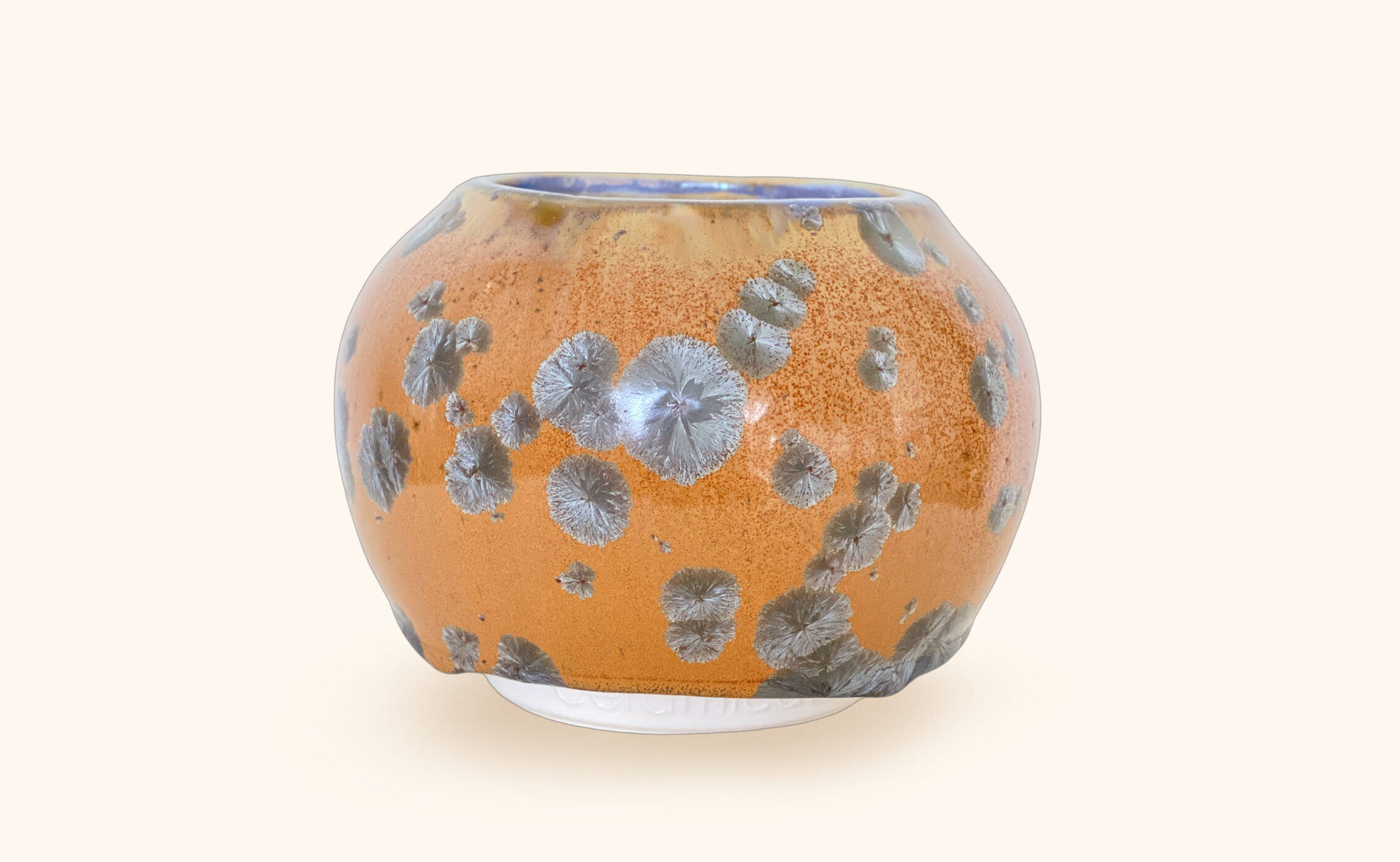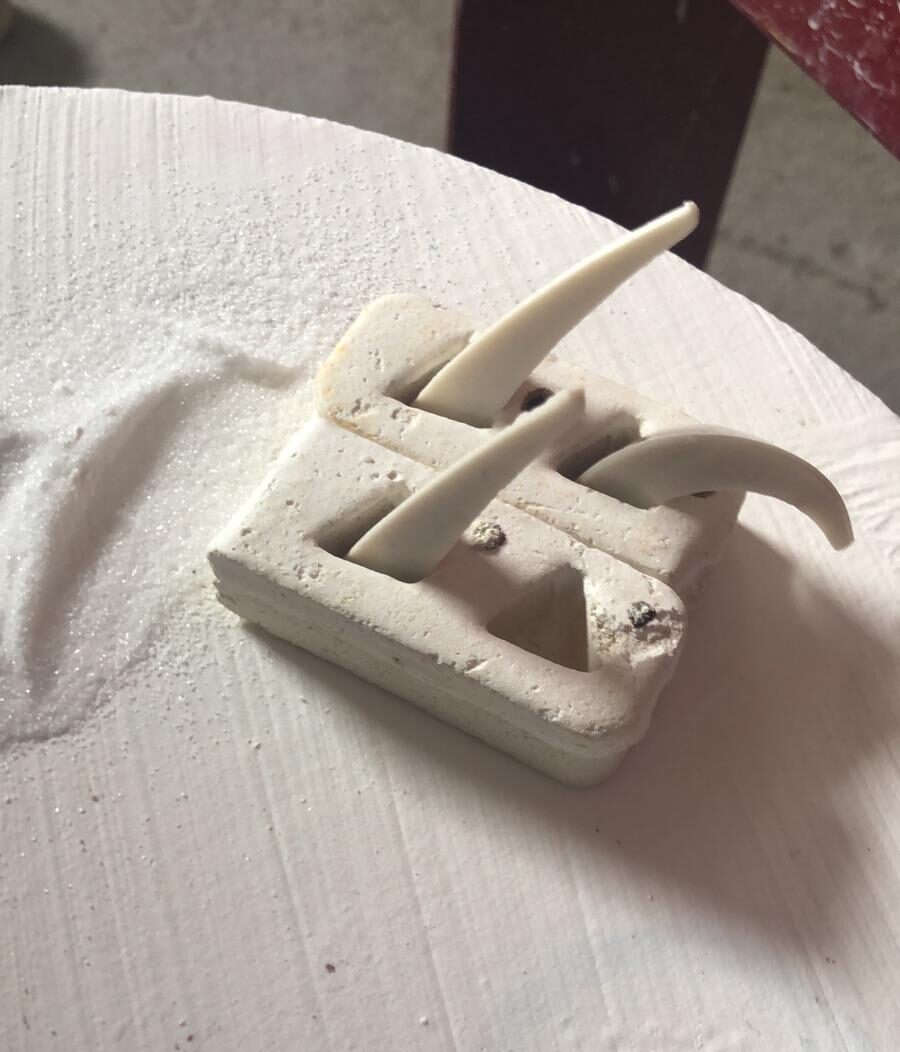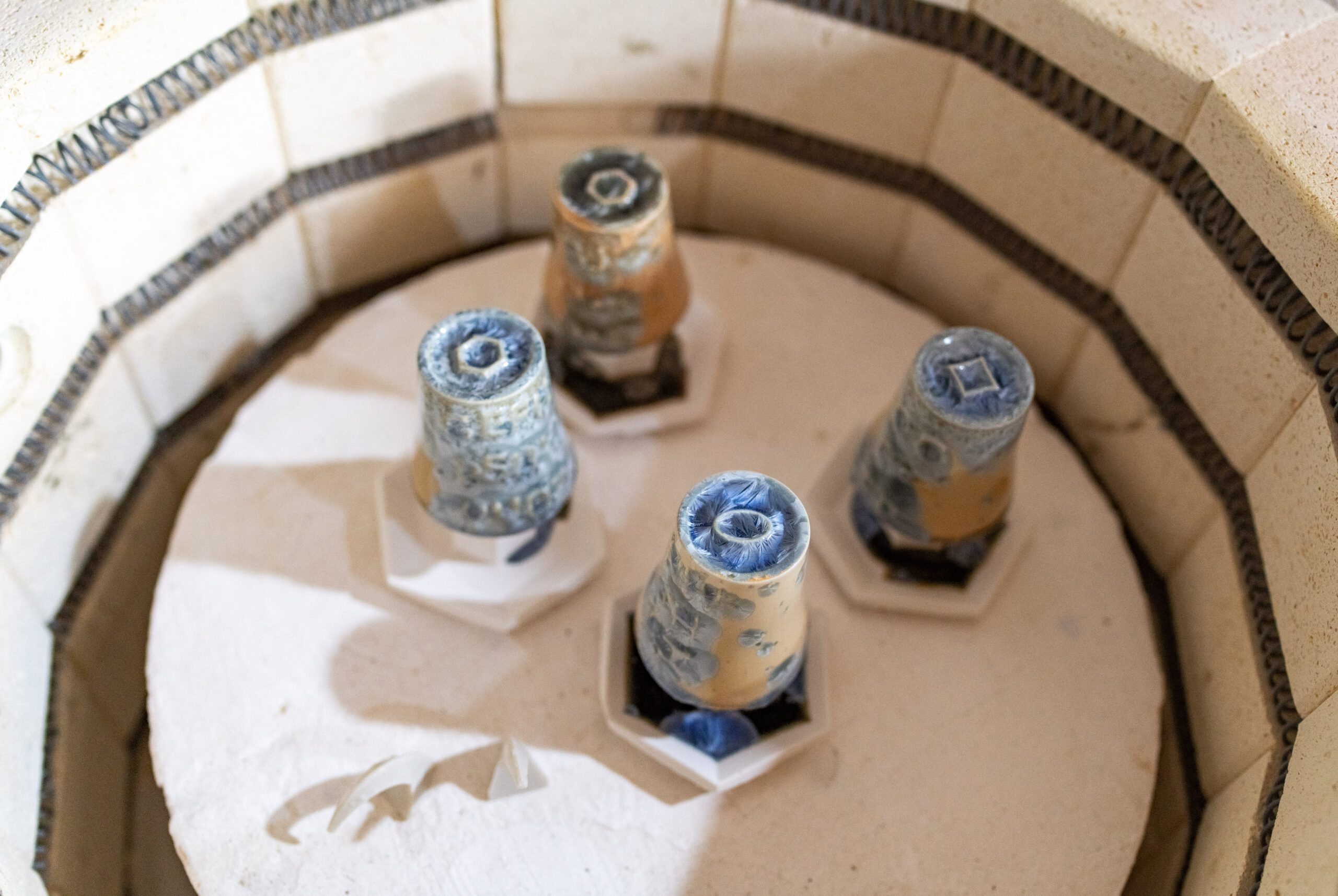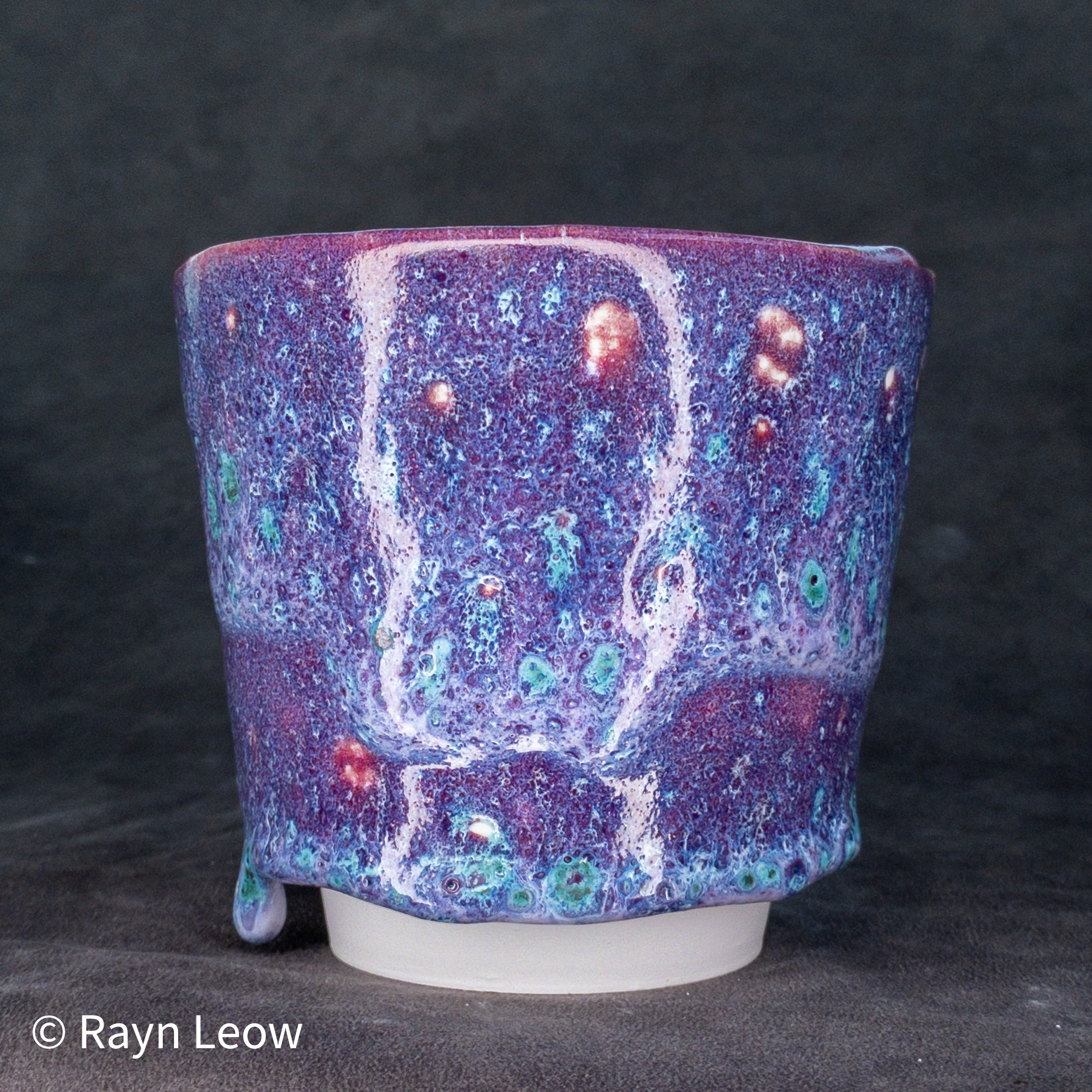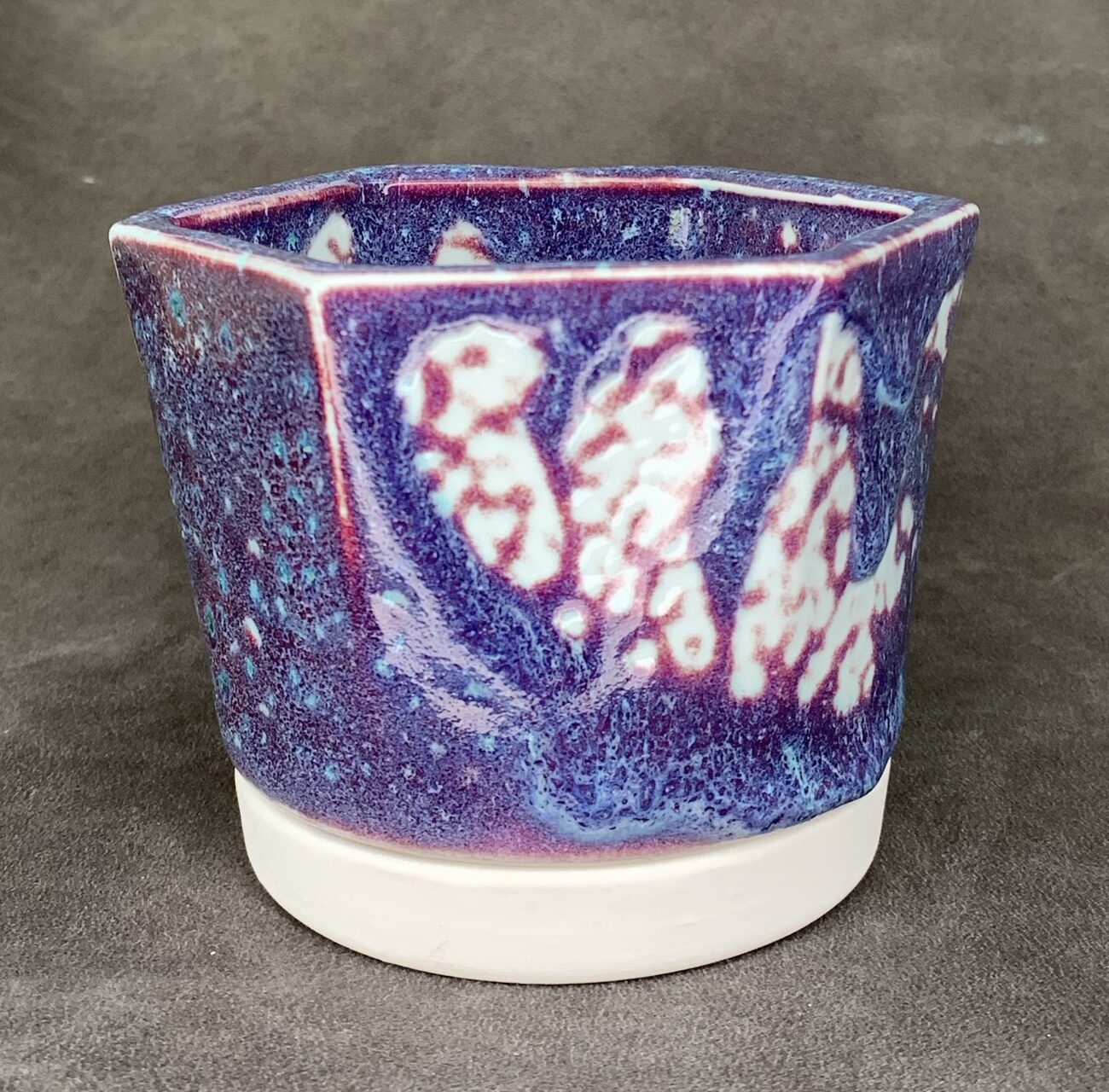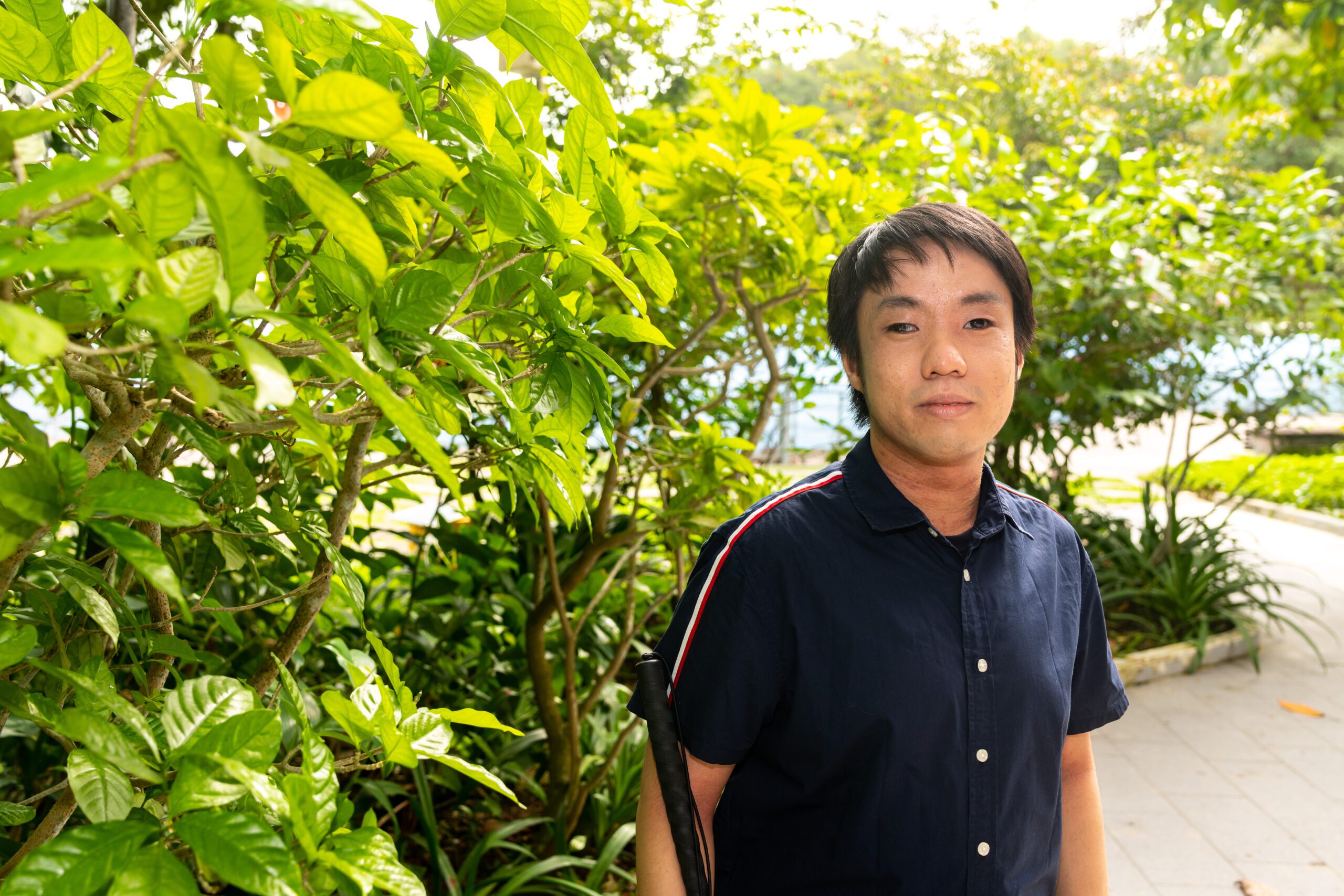After glazing comes the firing.
Modern ceramics usually go through two firings. The first firing is called the bisque firing. This is when the greenware is fired to around nine hundred and fifty degrees Celsius, changing the nature of clay permanently. The bisqueware no longer disintegrates back into clay when coming into contact with water, and is strong enough to handle and porous enough for glazing.
The second firing, also called the glaze or gloss firing, is done after the bisqueware is glazed. Different glazes and clay ‘mature’ at different cones. It is therefore important to make sure that the clay body and glaze complement each other. You don’t want to have the body melt to a puddle while the glaze is still in powdered state. Nor do you want all the glazes to melt so much that they drip from the pot completely and damage the kiln.
